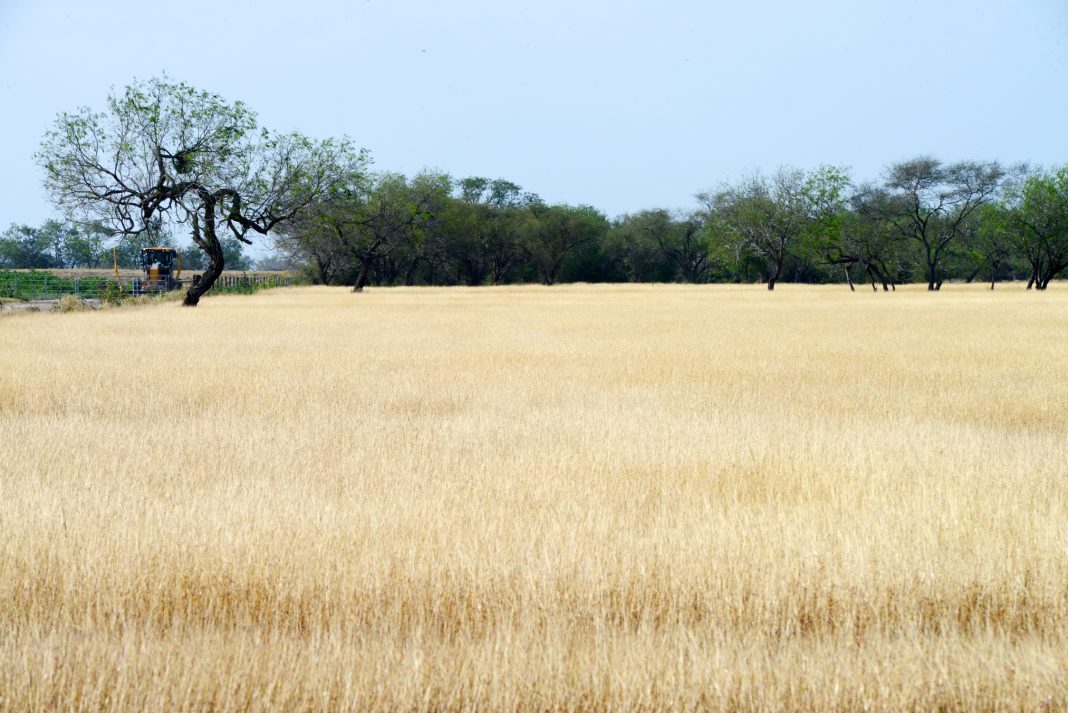|
Only have a minute? Listen instead
Getting your Trinity Audio player ready...
|
Weather is a big part of life in the Rio Grande Valley. The fate of local farmers — and the local economy they help support — depends largely on the amount of sunshine and rainfall that descends upon the area. Too much rainfall, however, hurts tourism-related businesses on South Padre Island, local ecological museums and other venues.
Valley residents are just as much affected by the swings of nature in this semitropical region that is the endpoint of the Atlantic hurricane corridor. Recent wild swings in the weather remind us of the constant need to be prepared for the many different weather and climate challenges that come our way.
In recent weeks the Valley has endured blasts of sudden and severe weather including storms and wind gusts up to 80 miles an hour, and even isolated instances of hail and tornadoes, which are rare for this part of South Texas.
At this point we have no way of knowing if such events are anomalies or, as some people warn, signs of permanent climate change. We do know that they are clear reminders that in the Valley, we have to be ready for anything.
As staff writer Steve Clark reported this week, National Weather Service meteorologists expect the recent crazy weather to subside. That’s the good news. The bad news is they also expect an unusually hot summer in this area where triple-digit temperatures already aren’t uncommon and drought conditions have been the norm for more recent years than we’d like to think.
For many people in the Valley, scorching summer heat can require just as much preparation as the risk of hurricanes. Local residents are well advised to check their homes and make upgrades that could save money — and in some cases, lives.
Periodic inspections to make sure our homes are ready for bad weather should be routine, and easily can include checks for heat preparedness. Weatherstripping around windows and doors that keeps rain out can also keep cool air inside the home, easing the strain on air-conditioning systems and reducing utility bills. Something as simple as changing air-conditioning filters can create savings that can add up over the hot summer months. Maintenance and repairs that are made early can help avoid the risk of dealing with a larger problem during the hottest part of the summer, when the demand for technicians’ services could lead to longer waits for service and higher fees.
Residents also should consider pets’ needs. Those who keep pets outside should ensure they have access to shade and plenty of water; food and water should be in shaded areas to keep their temperatures down.
Law enforcers and other officials should remember that several Valley cities have significant numbers of homeless people, including some immigrants in transit, and should watch for signs of distress on hot days. Likewise, local drivers should report anyone they see who might seem to need help or show signs of heat-related problems such as pale skin, dizziness or nausea.
Like the threat of storms, the heat demands the attention of everyone in South Texas, and minor preparations can help reduce the chance of major problems once we face extreme conditions.





